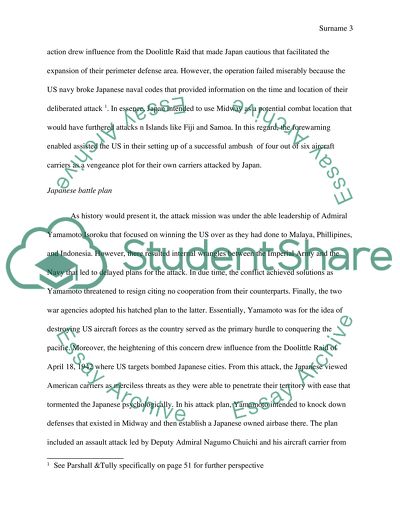Cite this document
(“The Battle of Midway - A Naval Analysis Research Paper”, n.d.)
Retrieved from https://studentshare.org/military/1470009-the-battle-of-midway-a-naval-analysis
Retrieved from https://studentshare.org/military/1470009-the-battle-of-midway-a-naval-analysis
(The Battle of Midway - A Naval Analysis Research Paper)
https://studentshare.org/military/1470009-the-battle-of-midway-a-naval-analysis.
https://studentshare.org/military/1470009-the-battle-of-midway-a-naval-analysis.
“The Battle of Midway - A Naval Analysis Research Paper”, n.d. https://studentshare.org/military/1470009-the-battle-of-midway-a-naval-analysis.


